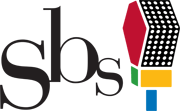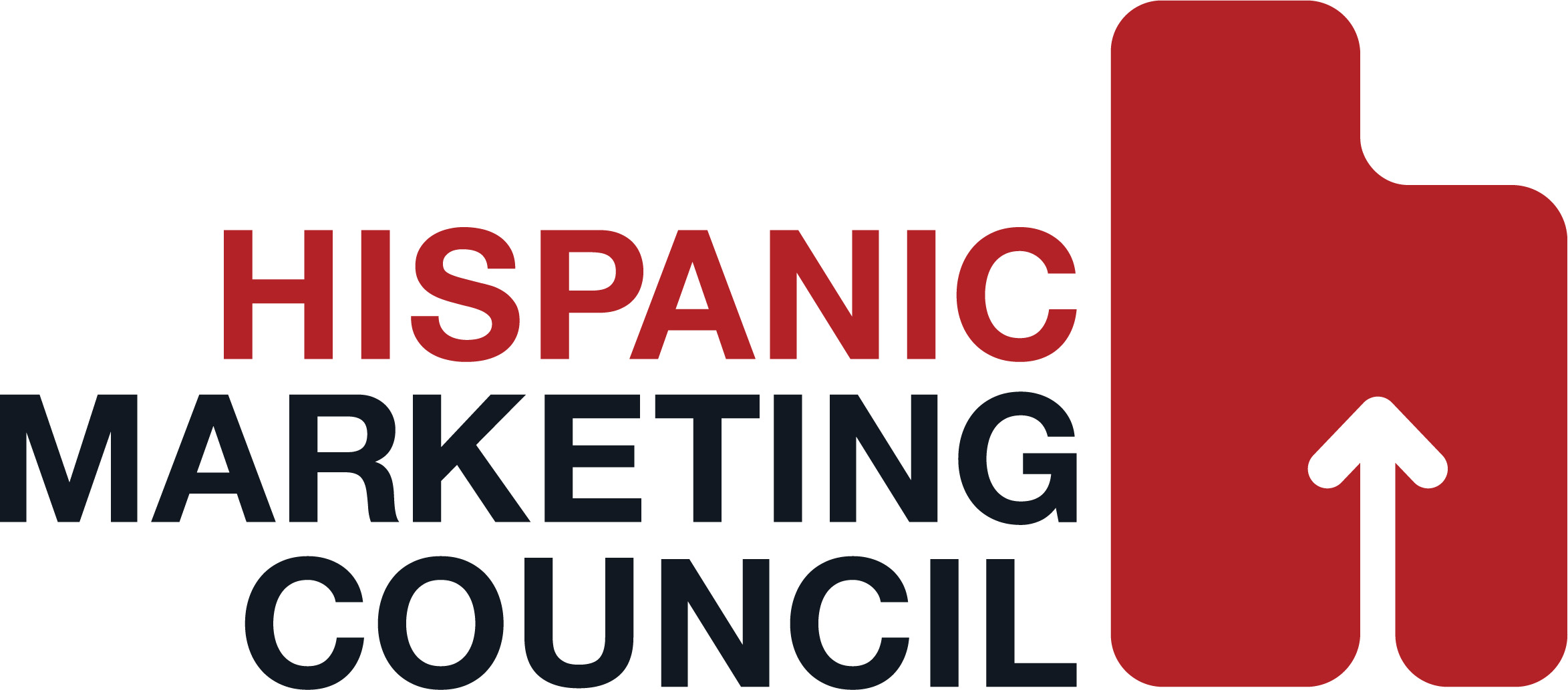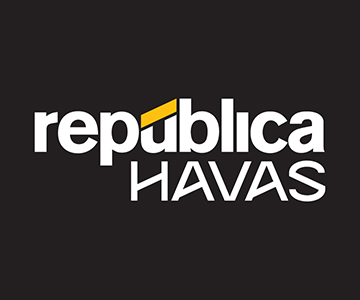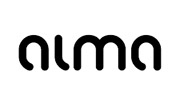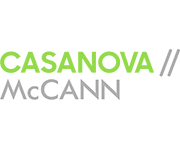Guide To LatAM’s ISP Markets.
June 19, 2001
Paid dial-up Internet subscriber accounts in Latin America continued to grow briskly into mid-2001, according to a new Report by the Yankee Group’s Internet Strategies Latin America research and consulting practice. Brazil, Mexico, Argentina, and Chile account for 85% of the paid dial-up subscriber accounts in Latin America. However, the differences among Latin America’s Internet markets and penetration levels are vast. Brazil, Argentina, Chile, and Mexico are the most highly developed Internet markets, with Bolivia, Paraguay, Ecuador, Peru, Colombia, Venezuela, and Uruguay overcoming obstacles to Internet growth. The disparate 1999-2000 growth rates in developed markets such as Chile (150%) and Argentina (136%) compared to Colombia (40%), Paraguay (42%), and Ecuador (55%) can be partly explained by relative differences in telecom market development levels and each country’s GDP.
“ISPs in the most mature markets are heavily focused on additional value-added services (VAS) strategies and extending broadband Internet access services through ADSL, cable modem, WLL, and satellite technologies,” said Andres Broner, analyst at the Yankee Group. “Less-developed markets are still grappling with low fixed-line penetration and other basic infrastructure issues. Bolivia, Paraguay, and Peru, for example, averaged 7% fixed-line teledensity at the end of 2000,” he added.
For equipment vendors and service providers, upcoming market liberalization in Bolivia and Paraguay will bring change and new opportunities, particularly as service providers combat the lack of telco service area coverage with WLL solutions.
Broner states, “Despite the high cost of international bandwidth in most of the countries, ISPs surveyed by the Yankee Group expect that they will be able to provision clear channel international capacity for 26% less than current outlays before the end of 2001.”
The year 2001 will also be a watershed in the battle between incumbent telcos and pure-play ISPs. Incumbent ownership or control of paid ISP accounts moved from 23% at year-end 1999 to 40% at year-end 2000, and continues to rise. The Yankee Group detects that incumbent telcos are leveraging their end-user “ownership” and control over the local loop to squeeze out their pure-play competitors through a combination of innovating and imitating, content strategies, bundling, broadband access, and usage-based pricing plans.
For more information at http://www.yankeegroup.com






